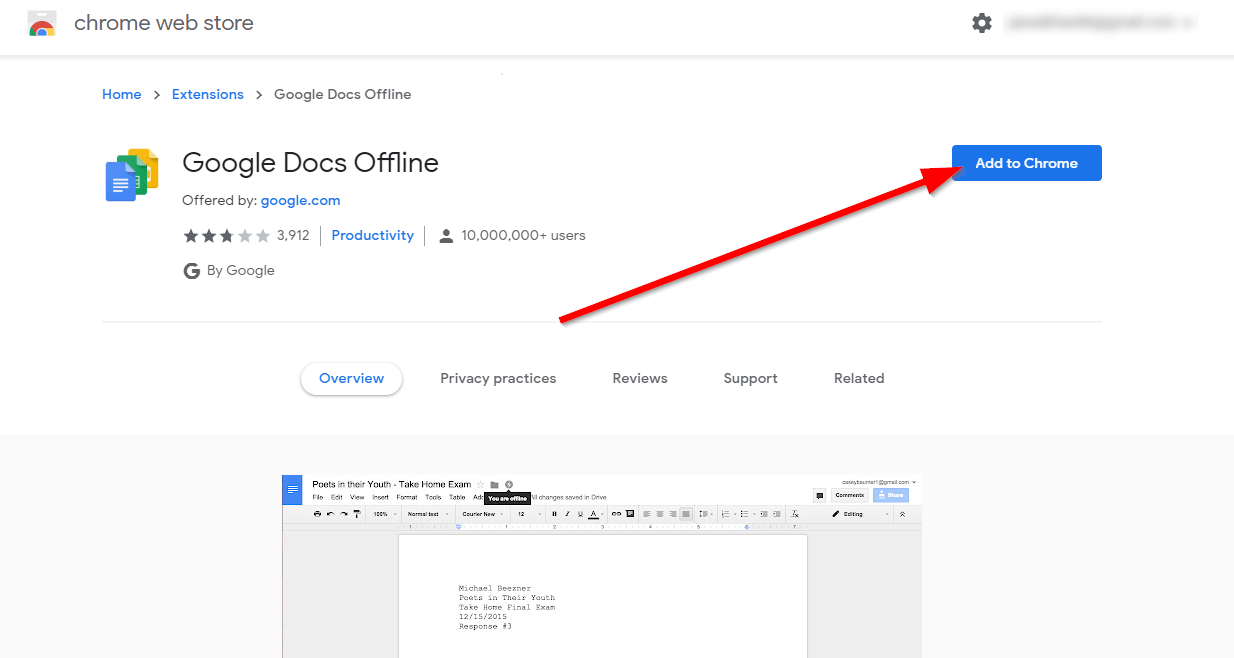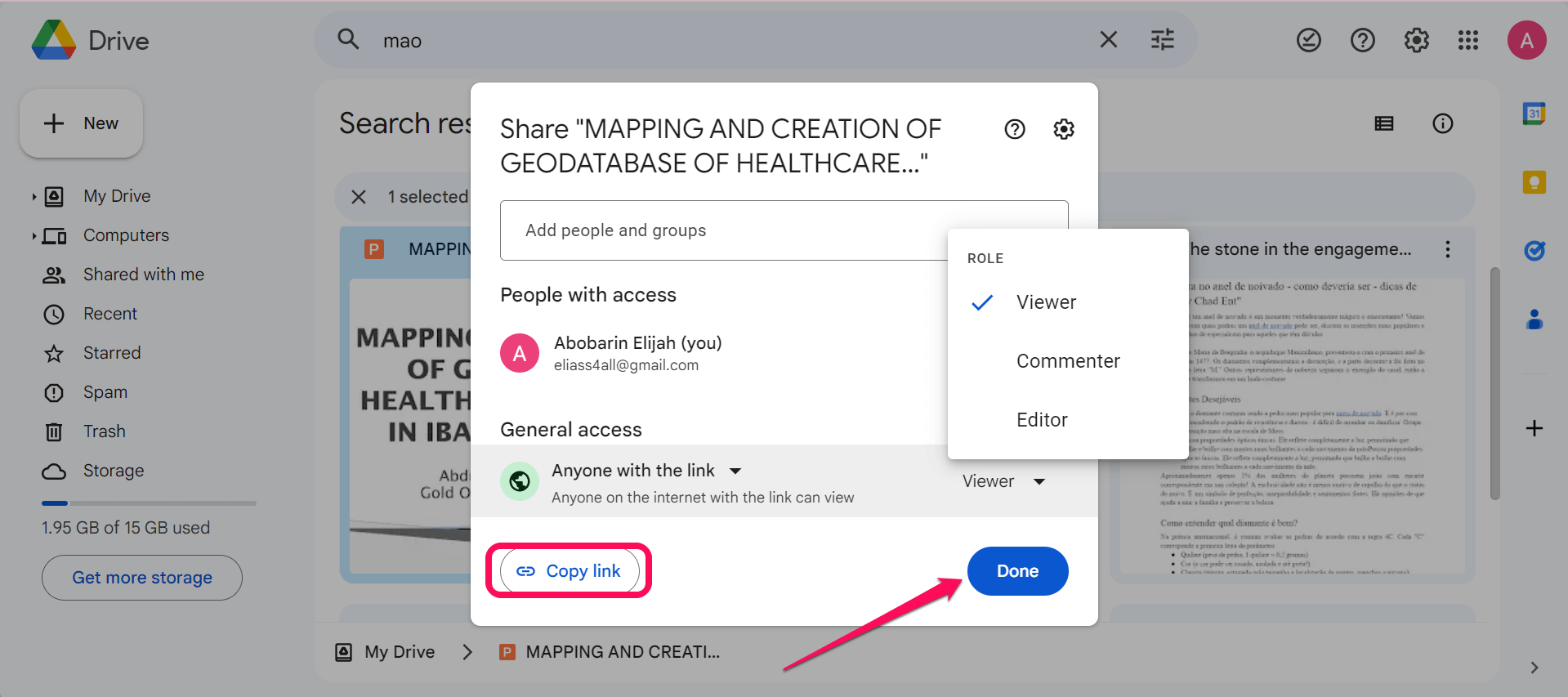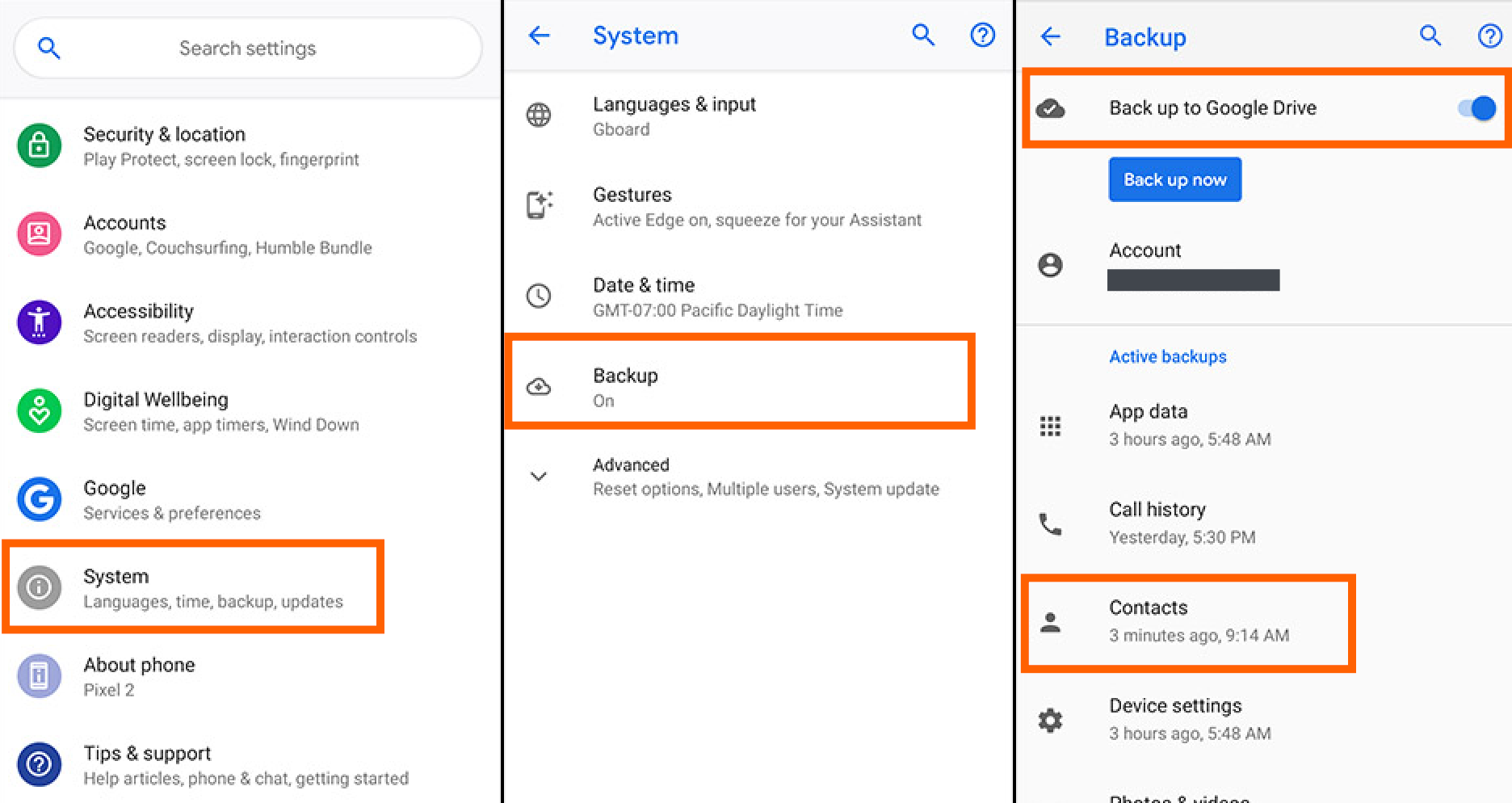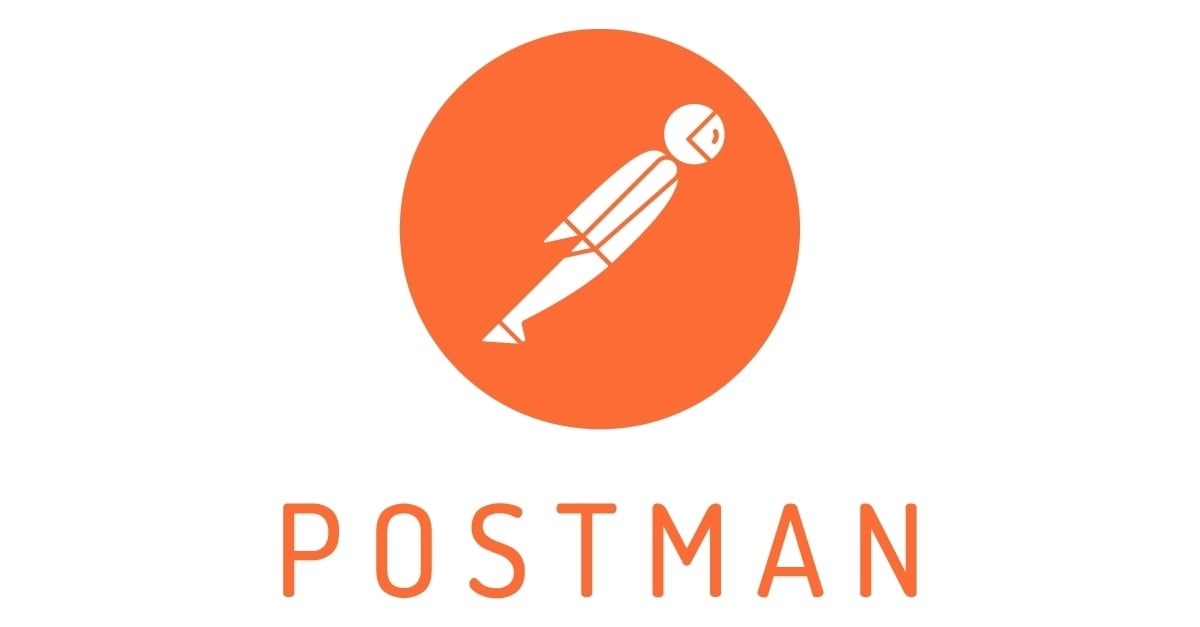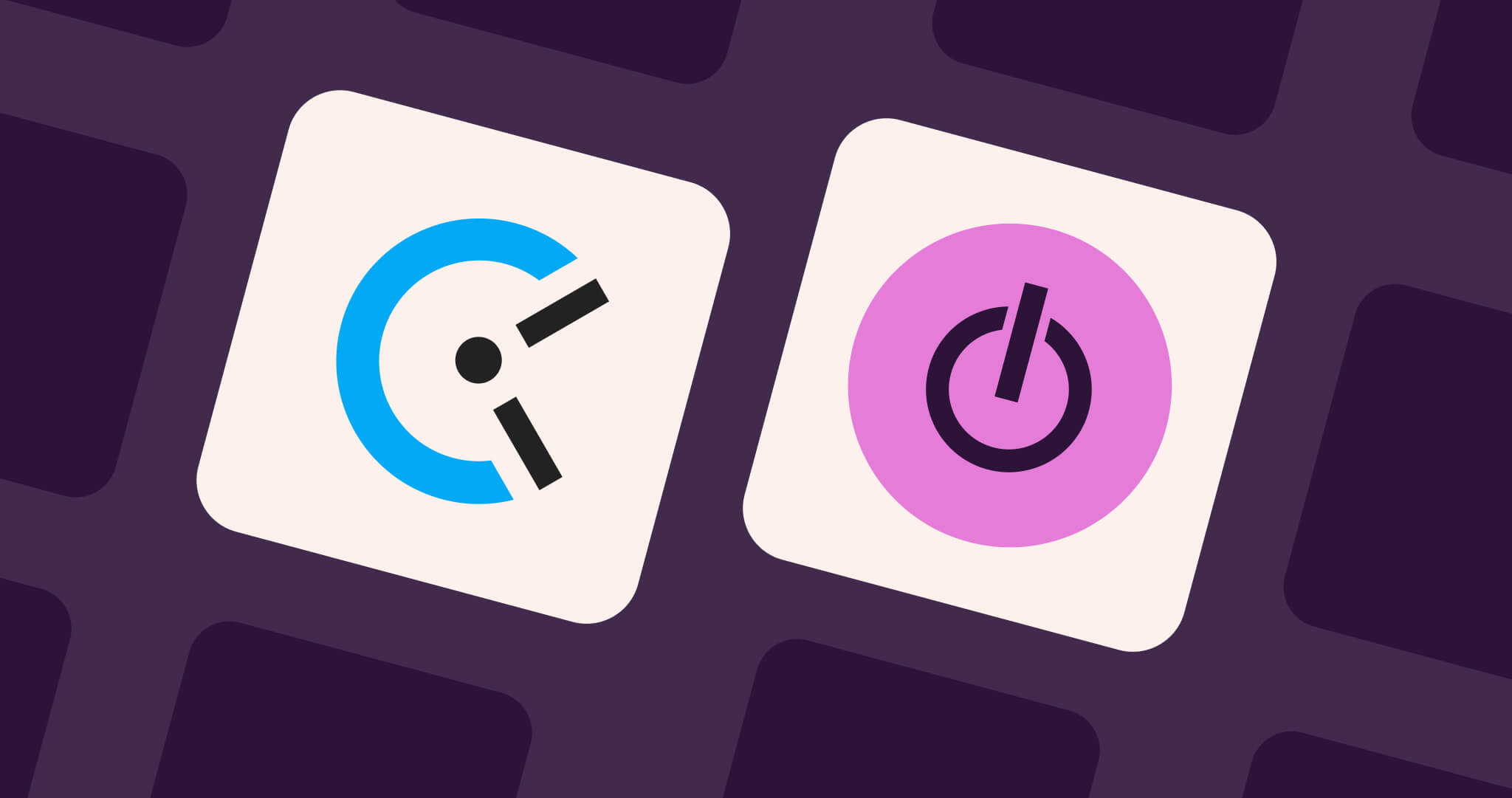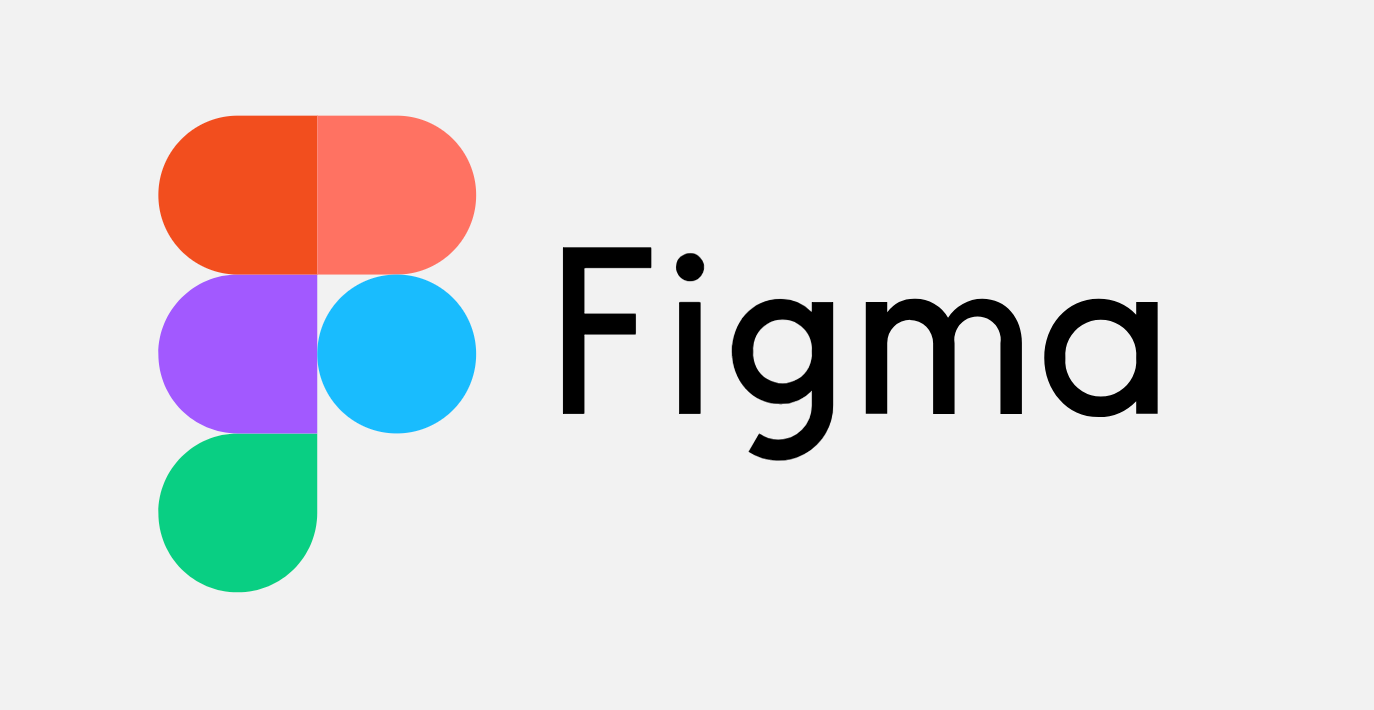What is Google Drive for PC? This desktop app connects your computer to Google Drive. This is an amazing device that stores your files. The files that you save in the Google Drive folder of your PC are automatically moved to the cloud with the help of this device. Now you must be thinking, what is this cloud? So cloud works like internet storage. It offers numerous benefits that can prove very useful to you. Let’s look at it a little deeper.
Discover Some Key Features:-
File Syncing:
This is a good feature of Google Drive, which is useful for you. Suppose your team has made some changes to a file. How will you come to know about it? This feature has been specially made for this, that when a file has to be kept the same in two or more places, then by using this, the same update will be done in both if any one file is updated in one place.
This whole process is automatic by updating any one file, and it happens in the cloud as well as on your PC. If I tell you in simple words, then with the help of syncing, your file remains the same and updated on every device.
Offline Access:
This feature is also very amazing, which can prove to be useful for you. Let us assume that you are going somewhere for a trip and you are travelling. At such a time, if you need your files or documents, then you will have to open them.
But what will you do if at that time your internet is not working or is running very slowly? So this feature is useful for you, whether your internet is working or not, you can still open your file document and edit it without any internet connection. Whatever changes you make offline, they get automatically synced to Google Drive when the content starts running.
Easy File Sharing:
This is also an amazing feature in Google Drive. You know that normally when we have to share something, we have to use email or a pendrive, and after that we can share the file or folder with someone else.
But there is no need to do anything like this. We can share files and folders with anyone very easily. For that, we only have to generate a shareable link, and then you can email or WhatsApp us the link. This is a simple way to share your file with others, and it does not waste much of your time, and can be shared easily.
Backup Options:
This can prove to be the most useful feature for you, and it is also an important feature. Suppose any of your important files gets deleted, then what will you do? So with this feature, you can keep your file safe in the form of a duplicate copy so that whenever you need it, you at least have a copy of it.
This feature is important for Google Drive on PC. Apart from this, if ever your computer crashes or there is a virus attack and your file gets deleted, then you can get your file back using Google Drive.
Conclusion:
Google Drive for PC is a powerful and amazing tool that is useful for you. It works to make technology simple and user-friendly. It is so amazing that you can save any file directly from your computer to the cloud and can also access it easily, sitting anywhere. This is an amazing technology that has proved to be useful for you. Now you do not have to take any tension, as you can open your file only by going to the PC on which you are working. You can open the file from anywhere with the help of Google Drive. This is very exciting for you.



